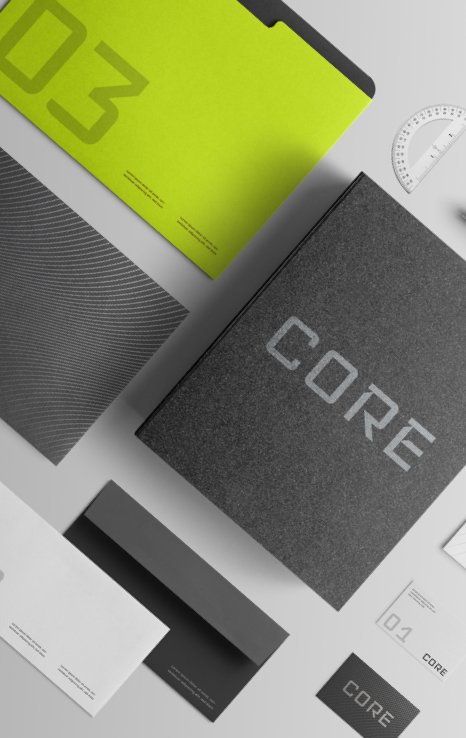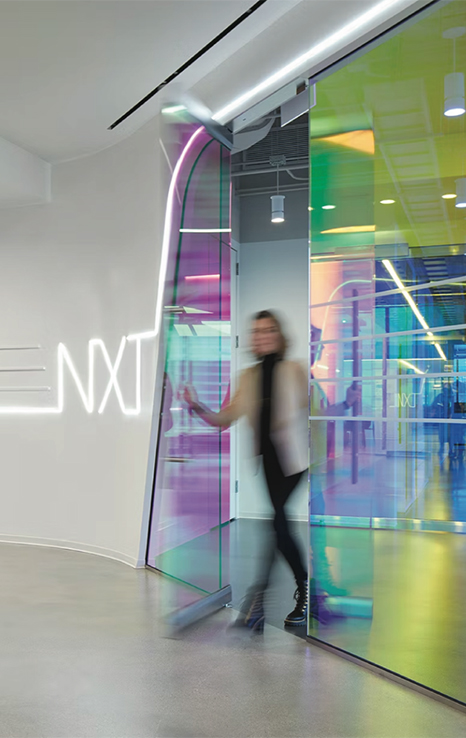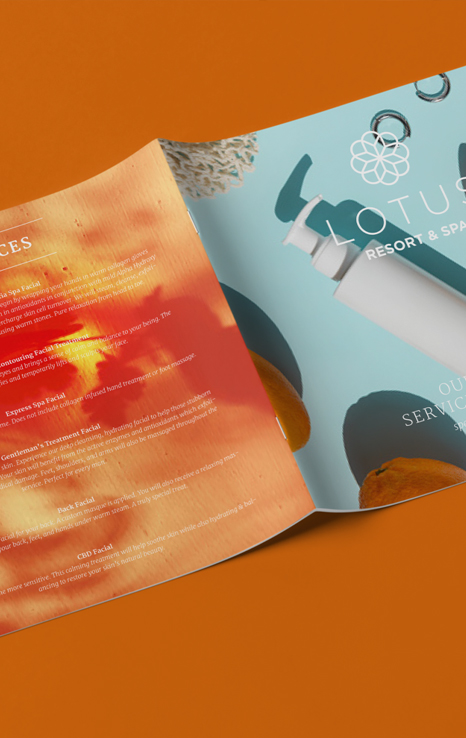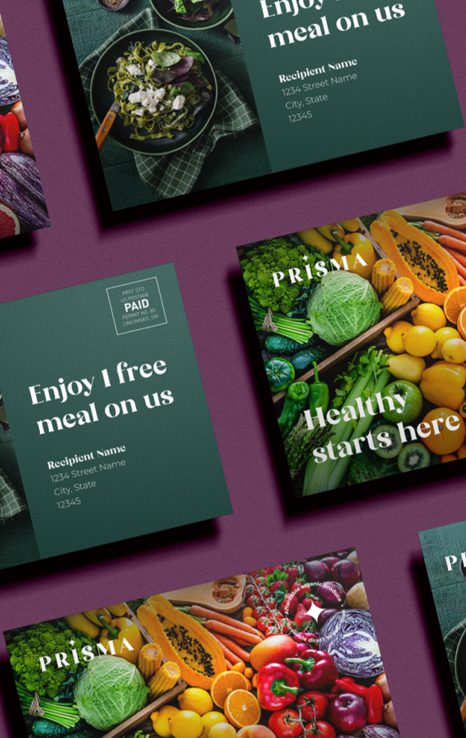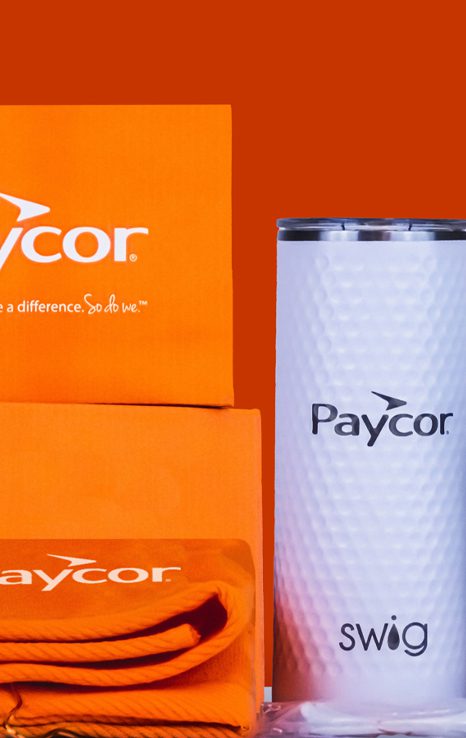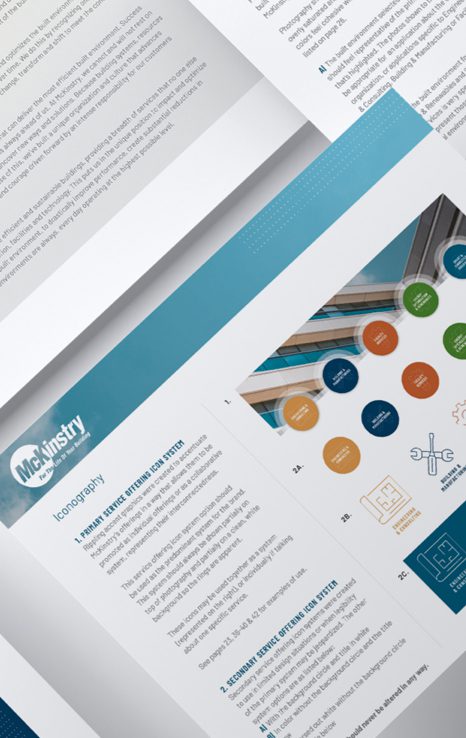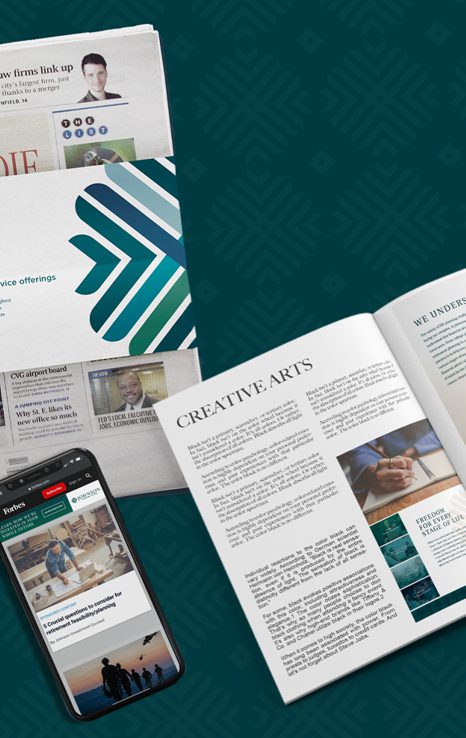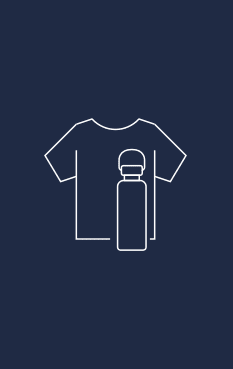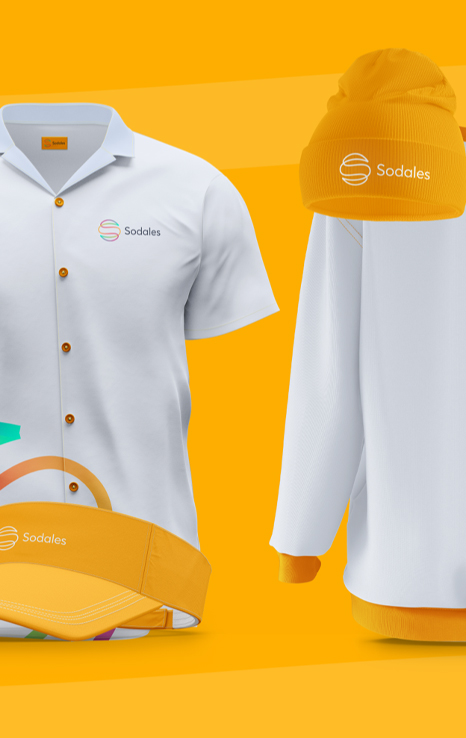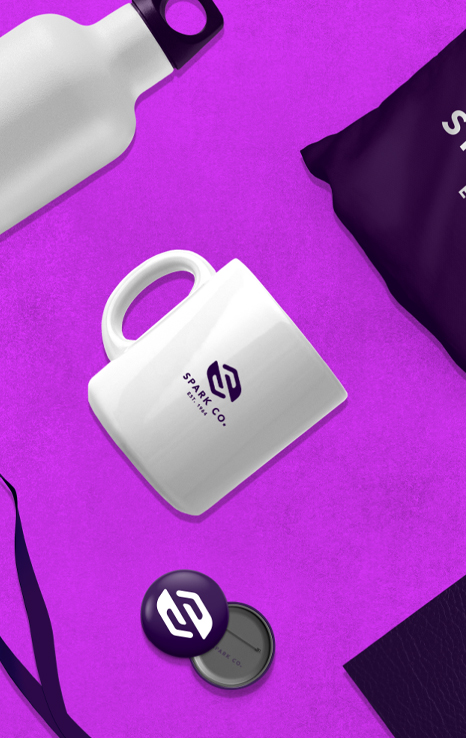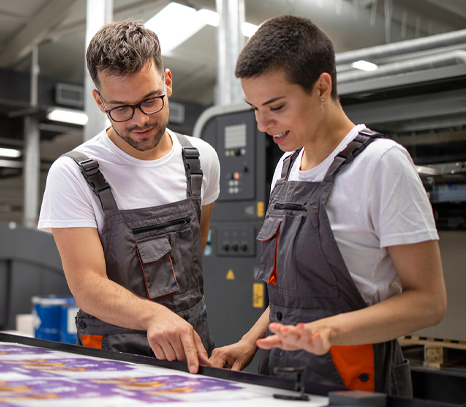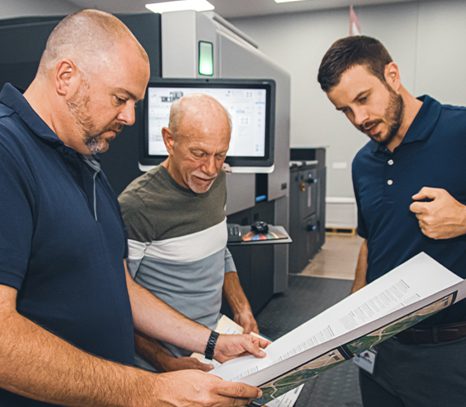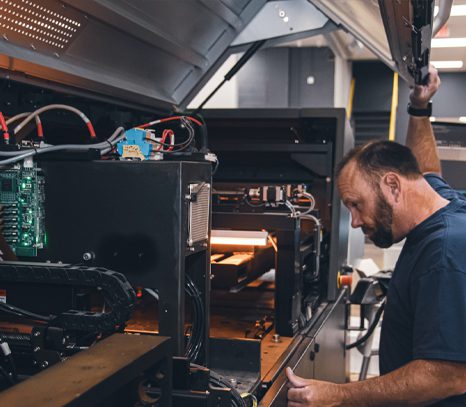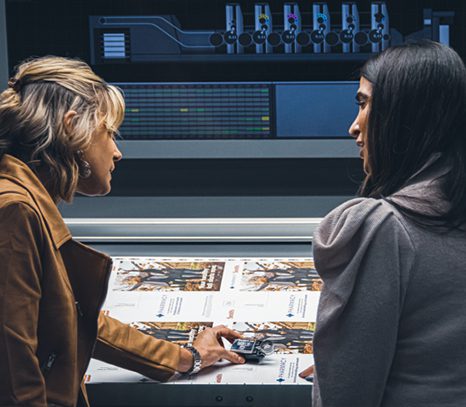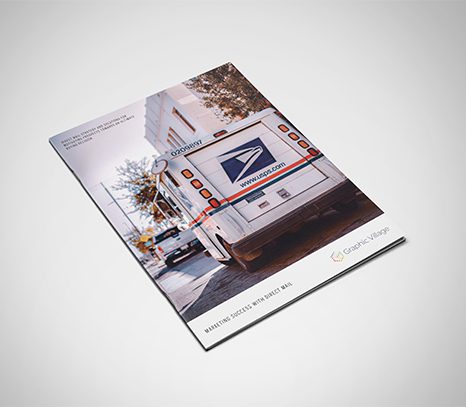In recent years, circular design has gained traction in many industries, including printing and packaging. Circular design aims to minimize waste and maximize the lifespan of products by following the principles of reduce, reuse, and recycle. Not only can embracing circular design lead to significant environmental benefits, but it can result in operational efficiencies, too.
Let’s explore how circular design impacts different aspects of the printing and packaging process.
Ethical Sourcing
Circular design begins with ethical sourcing practices. This involves using materials that are sustainably and responsibly sourced. For printing and packaging, this means using paper and other materials from certified sustainable sources, such as forests managed to high conservation and social standards. Ethical sourcing also includes ensuring fair labor practices throughout the supply chain.
Print Production
In print production, circular design encourages using eco-friendly printing technologies and practices. This includes using energy-efficient printing equipment, vegetable-based inks, and printing on recycled or FSC-certified paper. Additionally, digital printing technologies can reduce waste by allowing on-demand printing and customization, minimizing excess inventory and waste.
Delivery and Distribution
Circular design extends to the delivery and distribution of printed materials. Opt for local or regional printing facilities to reduce the carbon footprint associated with transportation.
Packing and Transportation
Efficient packing and transportation are crucial to circular design in printing and packaging. This includes optimizing packaging sizes to minimize wasted space, using reusable or recyclable packaging materials, and choosing transportation methods that reduce emissions.
Recovery
One of the fundamental principles of circular design is the recovery of materials at the end of their lifecycle. In the printing and packaging industry, this involves promoting recycling programs for paper, cardboard, and other packaging materials. Design packaging for easy disassembly and recycling to help close the loop on materials and reduce waste.
By considering these five circular design principles, you can go a long way toward designing marketing and packaging projects that are environmentally friendly. As a bonus, because they involve reducing waste, these principles can often save you money, too. So be good to the earth – and your bottom line, too!









